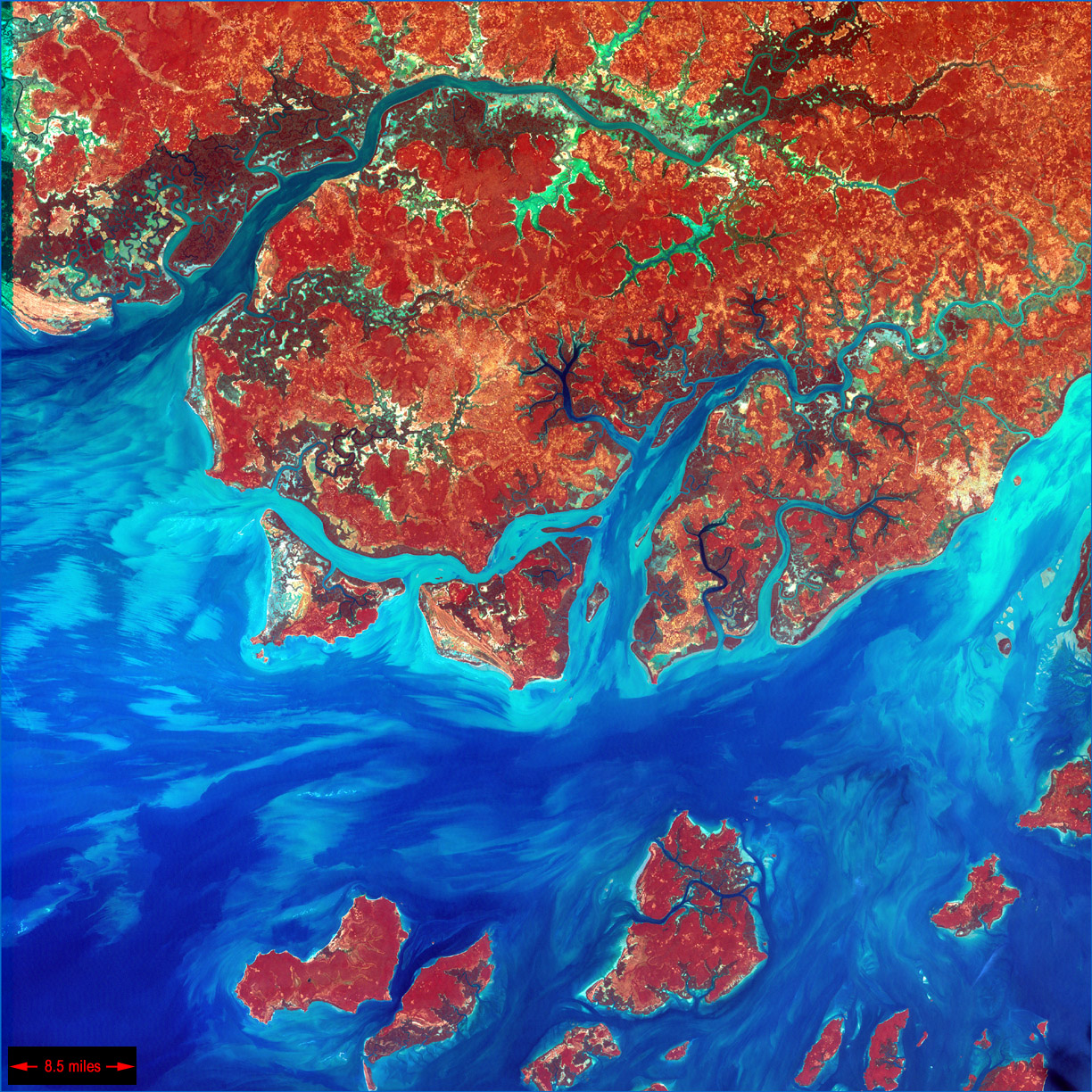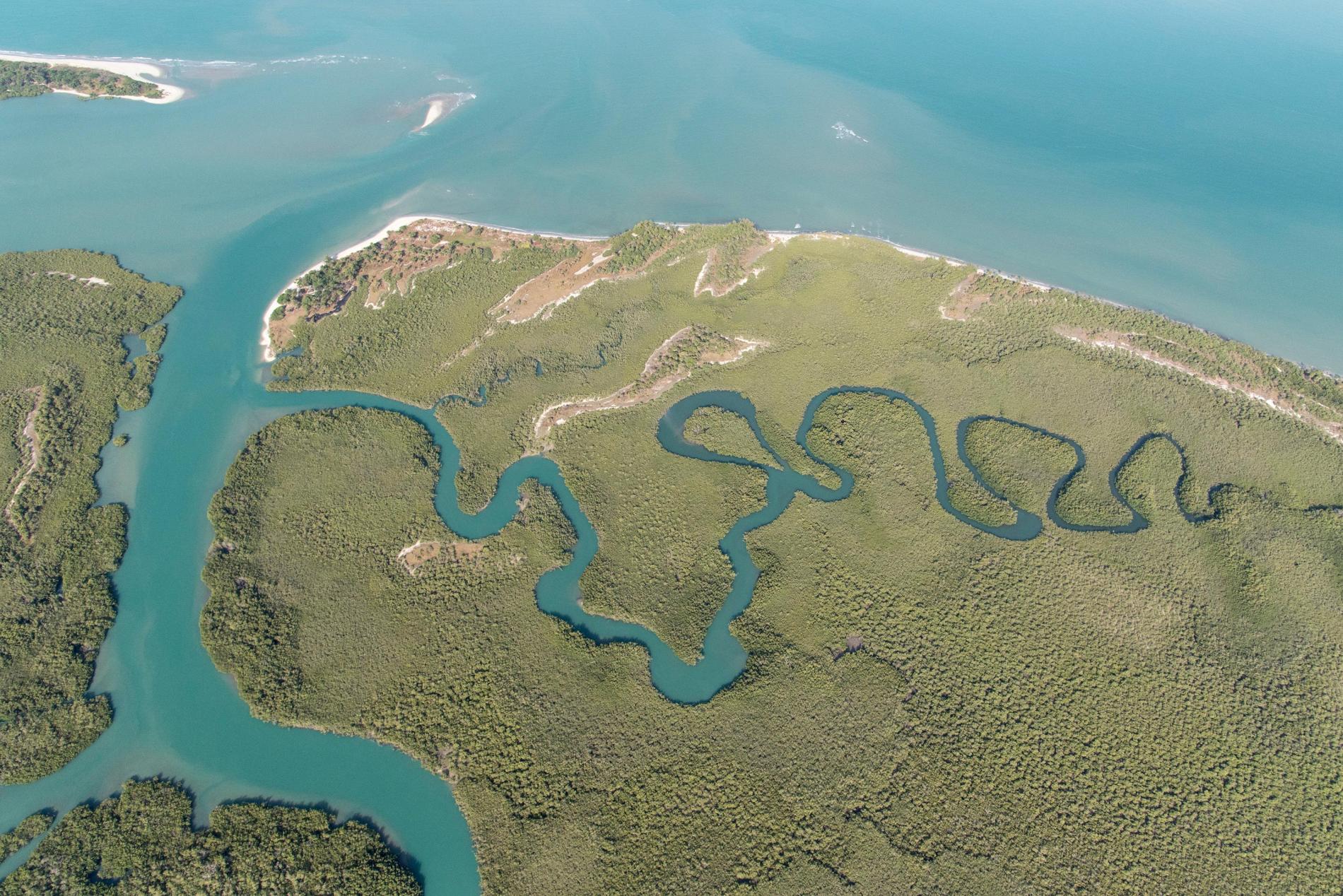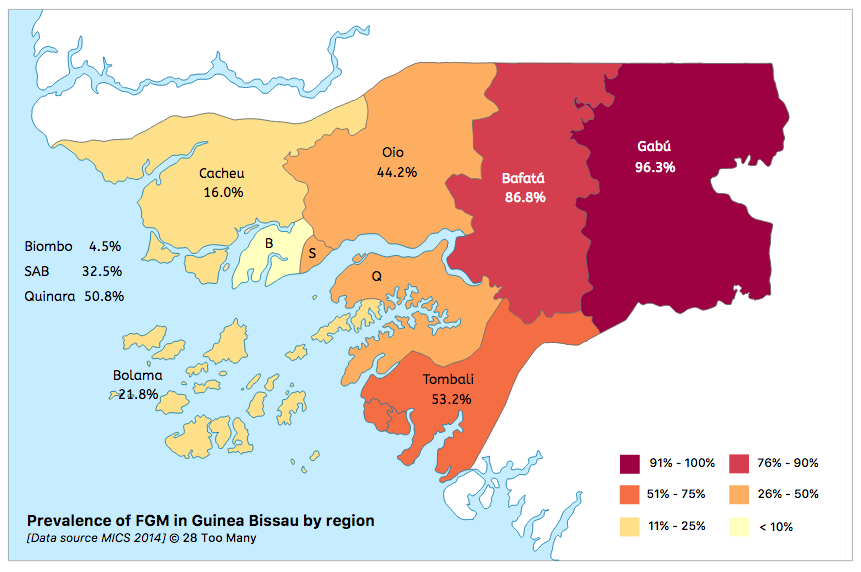Guinea-Bissau March 13, 2020 Africa , agriculture , Bissau , cashew nut , CEDEAO , CEN-SAD , civil war , colony , Communauté des États sahélo-sahariens , Communauté des pays de langue portugaise , Community of Portuguese-speaking countries , Comunidade dos Países de Língua Portuguesa , conflicts , dictatorship , Economic Community of West African States , female genital mutilation , Francophonie , French , French language , Geba River , Geba River Delta , Guinea , Guinea-Bissau , Gulf of Guinea , human rights , Lusophony , oil , Portuguese , Portuguese colony , Portuguese language , poverty , Republic of Guinea-Bissau , República da Guiné-Bissau , UEMOA , war , West Africa , West African Economic and Monetary Union Official name Republic of Guinea-Bissau Name in local language República da Guiné-Bissau (pt) Continent Africa Subcontinent Sub-Saharan Africa Population (ranking: 158e ) 1,655,289 inhabitants (2020) Population growth 2.20 % / year Area 36,125 km² Density 45.82 inhabitants / km² GDP (ranking: 213e )1.458 billions $USD (2018) GDP/capita (ranking ) 778 $USD (2018) GDP growth 3.80 % / year (2018) Life expectancy (ranking ) 58.00 years (2018) Birth rate 38.50 ‰ (2018) Fertility rate 4.44 children / woman (2012) Death rate (ranking ) 12.70 ‰ (2014) Infant mortality rate (ranking ) 60.00 ‰ (2015) Literacy rate 59.91 % (2015) Official languages Portuguese, French Currency West African CFA franc (XOF) HDI (ranking: 216e )0.461 / 1 (2018) EPI (ranking )44.67 (2018) Government Unitary semi-presidential republic (autoritarian) Head of State President Umaro Sissoco Embaló National Day 24 September (independence of 1973) ISO Codes GW, GNB Demonym Bissau-Guinean Tourists (ranking ) 44,000 people (2015)
Hard to get out of the crisis after the civil war Guinea-Bissau is a West African country located on the Atlantic coast between Senegal and Guinea . Portuguese is mainly spoken and a little French. The country is indeed landlocked in the heart of French-speaking Africa and maintains relations with its neighbors.
Guinea-Bissau Guinea-Bissau Guinea-Bissau – Female Genital Mutilation prevalence (2014) Urban areas (2020) Urban areas Population Bissau 766,925 inhabitants
Administrative divisions Regions Population Area Bafatá 225,516 inhabitants 5,981 km² Biombo 99,947 inhabitants 839 km² Bissau (Autonomous sector) 492,004 inhabitants 78 km² Bolama-Bijagos 34,563 inhabitants 2,624 km² Cacheu 192,508 inhabitants 5,175 km² Gabú 219,811 inhabitants 9,150 km² Oio 226,846 inhabitants 5,403 km² Quinara 64,278 inhabitants 3,138 km² Tombali 94,939 inhabitants 3,737 km²
See also 




